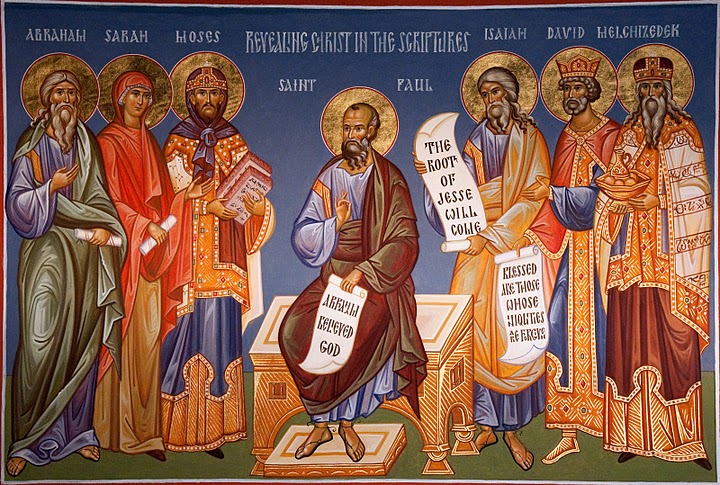The Prophets of the Bahá’í Faith serve as pivotal figures, embodying the essence of divine revelation and the profound intricacies of human experience. Their lives were marked by extraordinary suffering—a crucible through which celestial truths were illuminated. Understanding the significance of their trials invites an intimate exploration of not only their innovative teachings but also our personal journeys within this world. This discourse endeavors to illuminate the remarkable interplay between the suffering of the Prophets and its relevancy to the struggles we navigate daily.
The theme of suffering among the Prophets is not merely an anecdotal embellishment; it is a fundamental aspect of their existence that holds deeper implications. Within the Bahá’í teachings, suffering is viewed as a necessary component of spiritual growth. Each Prophet, from Moses to Muhammad, faced monumental adversities that catalyzed their spiritual missions. For example, the Bab, the forerunner of Bahá’u’lláh, endured immense tribulations, including imprisonment and persecution, which laid the foundation for the subsequent revelation of Bahá’u’lláh. These narratives are etched into the fabric of their teachings, presenting suffering as both a burden and a pathway to spiritual enlightenment.
Consider these trials as allegorical storms, wherein the Prophets serve as lighthouses, illuminating the path for humanity amidst tumultuous waves of despair and uncertainty. This metaphor encapsulates the duality of suffering—an entity that can shatter the spirit or foster profound revelation and resilience. The lighthouses of faith stand unwavering, beckoning souls towards the harbors of divine understanding. Such imagery underscores the premise that suffering, while elusively painful, is intricately woven into the narrative of human existence and progress.
The significance of understanding the Prophets’ suffering is augmented by recognizing how these experiences resonate within our own lives. In the contemporary world, individuals frequently grapple with existential crises, loss, injustice, and myriad forms of personal tribulation. The inequities and tribulations we encounter mirror those faced by the Prophets, establishing a thread of shared humanity that transcends time and culture. As we digest the teachings of Bahá’u’lláh, we are gently reminded of our shared struggles and the universal quest for meaning amid adversity.
In exploring our own suffering, we discover transformative opportunities that challenge us to grow. The Prophets did not emerge unscathed from their tribulations; instead, they exemplified remarkable fortitude, showcasing a resilience that teaches us how to transcend our own difficulties. They beckon us to look inward and unveil our fortitude in facing adversities. The anguish endured by these divine figures serves not as mere historical footnotes but as a call to transform suffering into a catalyst for personal and collective growth.
The teachings of Bahá’u’lláh elucidate the concept of redemptive suffering—a paradigm through which pain manifests as a transformative force. This transformative force encourages individuals to embrace their trials with equanimity, fostering a deeper understanding of themselves and the world at large. To suffer is to nurture empathy, cultivating a garden where compassion can flourish. This process of empathy becomes vital; it enables us to extend our awareness beyond the self and toward collective well-being. The Prophets’ sufferings evoke in us a sense of kinship with humanity’s broader narrative, urging us toward acts of service and understanding.
Further, the notion of the unity of humanity is a cornerstone of Bahá’í teachings that underscores the collective nature of suffering and healing. The Prophets’ trials resonate in the collective human experience, reminding us that our happiness and suffering are intertwined. This notion of interconnectedness offers an opportunity for profound social serenity. As we recognize that others experience suffering akin to our own, we cultivate solidarity rather than isolation. This synergy ignites a collective resilience, propelling us toward striving for justice and compassion in all spheres of life.
Moreover, contemplating the suffering of the Prophets invites a transformative shift in perspective, allowing us to reshape our relationship with pain. Rather than viewing suffering as an abyss from which escape is sought, we begin to see it as a teacher, imparting wisdom with each trial faced. Through this prism, pain and discomfort morph into invitations for introspection and development. This pivot in understanding aligns with the Bahá’í principle of viewing challenges as opportunities for vitality and renewal.
In conclusion, the remarkable experiences of suffering endured by the Prophets reveal not just their divine roles but also illuminate a pathway to personal illumination. Their narratives exemplify that suffering can birth empathy, resilience, and an unfaltering quest for unity. When grappling with the challenges of life, individuals are beckoned to draw inspiration from these Prophets, recognizing that within their pain resides profound spiritual teachings. Embracing this relationship between the Prophets’ suffering and our own cultivates a space for both personal transformation and collective healing, ultimately leading us closer to the divine essence that binds humanity together.
